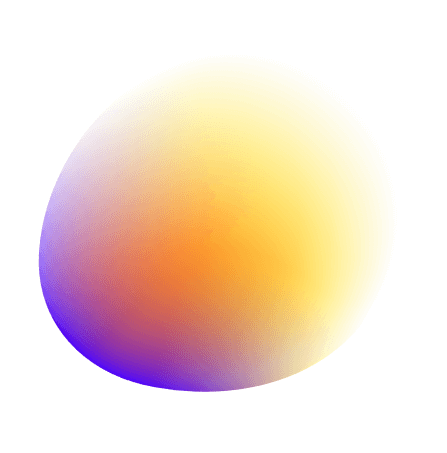Did you know that by 2026, over 100 million people in the US alone will scan QR codes? In this brief guide, you will get an overview of QR codes, where they came from, and how you can easily use them to engage with your customers or even friends.
A QR code (quick-response code) is a type of two-dimensional barcode. It was invented in Japan in 1994. Denso Wave invented this technology to help them label automobile parts.
They used these QR codes because you could store a lot more information in them, also they were much faster to scan than traditional barcodes that we find on the back of all products.
In the beginning, QR codes were primarily used by companies that had the equipment to read them. Regular people didn’t have a method to interact with them. However, all that changed when smartphones came on the scene.
All of a sudden everyone had a QR code reader right in their pocket. It is projected that in 2024 over 97 million Americans will scan a QR code and that number is set to grow. When you consider the whole world you can quickly see that billions of people are using QR codes every year.
Since QR codes don’t operate on a particular language like English or Mandarin, but rather an encoding of information, they can be generated and used in any country with almost any language.
Today businesses and individuals all around the world are finding creative ways to use QR codes to pass along some encoded information to all of us.
Explaining exactly how a QR code works is beyond the scope of this short article, so let’s use an analogy to dive a little deeper and help you understand how information is stored inside this code.
At the most basic level, a QR code is just some encoded text. Okay, but what does that mean exactly?
Let’s compare QR codes to Morse code. Both QR codes and Morse code encode information into a format that can be easily transmitted and read by a receiver.
In Morse code this is done by taking letters and representing them as a series of dots and dashes. For example the letter A is · - and the letter B is - · · · .
With this system you could take entire sentences and encode them in this format. This made it easy to transmit over early radios and telegraph lines.
QR codes alphanumeric characters, then encode them inside the image. The placement of different black and white squares determine what the text of the image will be.
Just like Morse code, which encodes letters and numbers using a series of dots and dashes, QR codes encode alphanumeric characters as a grid of black and white squares.
Since the amount of information that you can store inside a QR code is significantly more, QR codes are more versatile than traditional barcodes. This really helps us with creating QR codes for long website URLs or storing someones contact information.
We have smartphones to thank for the proliferation of QR codes. If you think about it, every smartphone is also a scanner thanks to the camera. All you need is the right software to start scanning.
In the beginning developers started making apps to help people scan QR codes and barcodes. It wasn’t long before the phone makers themselves started supporting this feature.
Today both iPhones and Android phones support scanning QR codes right out of the box. You don’t even need third party apps to do it. Your built in camera app is more than capable of scanning any QR code.
The 3 large squares, sometimes referred to as eyes, allow your phones camera to locate the information inside the QR code and read it.
Depending on the information encoded your phone is programmed to take different steps. For example if the information encoded starts with https:// then your phone knows this is a website. It will automatically open your mobile browser and attempt to navigate to the website encoded.
Another popular type of QR code is a vCard or VCF (Virtual Contact File). The information encoded starts with BEGIN:VCARD, and when your phone sees that it will navigate to your phones address book and load the contact information stored in the QR code.
Today QR codes are used all around us. From businesses placing them on the side of their vehicles or storefronts, to brides using them on their wedding invitations for a quick RSVP.
It really comes down to the creativity of users and the needs that they have. We are constantly surprised at the new ways we find QR codes in the wild, and it has never been easier to get started.
With tools like our free qr code generator you can start building and customizing your own QR codes right now. No sign up is needed for a static QR code, and that helps protect you from free qr code scams. You can add your logo, change the colors, and design the perfect QR code to fit your style. Try it today!

